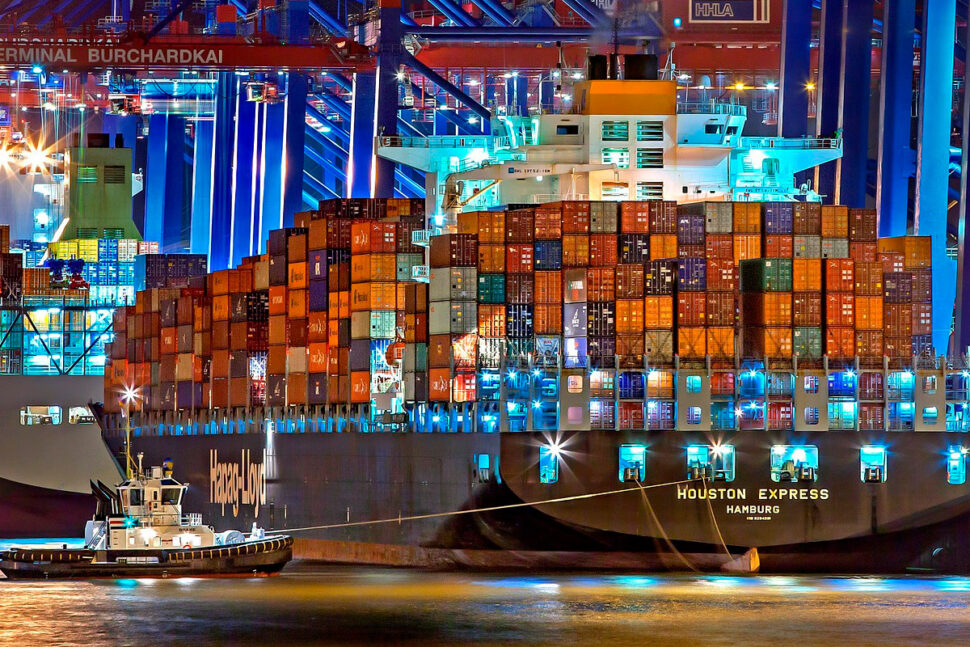In an increasingly interconnected world, logistics and transportation have become the backbone of global trade. At the heart of this complex network is a crucial component known as consolidated freight shipping – a practice that combines various shipments for multiple destinations into one lot. This approach offers a multitude of benefits, not just economically but also in terms of sustainability.
What is Consolidated Freight Shipping?
Consolidated freight shipping is a logistical method wherein smaller shipments from multiple shippers are merged into a larger, more manageable load for transport. This is in contrast to regular freight shipping, which typically involves a full shipment from one shipper to one consignee.
The core principle of consolidated freight shipping is maximizing efficiency and cost-effectiveness. By combining smaller shipments, it allows for better use of space within a cargo carrier, be it a truck, ship, or airplane. Moreover, it offers significant environmental advantages, as it often results in fewer trips, reducing fuel consumption and carbon emissions.
How much Consolidated Freight Shipping is costs?
The cost of consolidated freight shipping can vary significantly depending on several factors. These include:
- Distance: The further the destination, the higher the cost. This is due to fuel expenses and the time taken to reach the destination.
- Weight and Volume of Freight: The total weight and size of the goods being shipped can impact the cost. Heavier and bulkier items tend to cost more to ship.
- Type of Goods: Certain types of goods may require special handling or equipment to transport, which can add to the cost.
- Routing: If the shipment needs to go through multiple routes or modes of transport (air, sea, or land), the cost can increase.
- Speed of Delivery: Expedited shipments tend to be more expensive than standard delivery times.
- Additional Services: Any extra services, such as pickup and delivery, insurance, or custom clearance, can add to the overall cost.
- Market Rates: Current market rates for freight shipping will also play a role in the cost.
Because of these many variables, it’s difficult to provide a specific cost without knowing the details of the shipment. However, it’s important to note that one of the main benefits of consolidated freight shipping is its cost-effectiveness compared to other methods of shipping, especially for smaller shipments.
To get an accurate estimate, it’s best to contact a freight forwarder or a logistics company with details of your shipment. They can provide a quote based on your specific needs and current market rates. As always, it’s a good idea to get quotes from multiple providers to ensure you’re getting a fair price.
The Benefits of Consolidated Freight Shipping
Consolidated freight shipping offers various benefits. Economically, it can be highly cost-effective as shippers share the freight charges, leading to lower costs per unit. It can also reduce damage to goods since they are handled less frequently.
Environmentally, consolidating freight can significantly reduce carbon footprints. Fewer trips translate to less fuel consumption and lower emissions. Operationally, there are gains too. With reduced handling, the risk of damage is minimized, and inventory management becomes easier with coordinated shipments.
Potential Challenges and Solutions
While the benefits are numerous, consolidated freight shipping is not without challenges. Coordinating schedules between multiple shippers can be complicated. There is a risk of damage during transit and potential delays due to the dependency on multiple shipments.
However, these challenges can be mitigated. Employing experienced freight forwarders and logistics companies can ensure smooth scheduling and safe handling of goods. Using advanced tracking systems can minimize delays by providing real-time information about the shipments.
Real-world Examples
Prominent companies like FedEx and DHL are pioneers in utilizing consolidated freight shipping. They’ve integrated advanced technology to manage complex logistical networks effectively, ensuring timely delivery while reducing costs and environmental impact. Their success stories illuminate the value and potential of this shipping method.
The Future of Consolidated Freight Shipping
Digital transformation, automation, and AI are shaping the future of consolidated freight shipping. Advanced tracking systems, predictive analytics, and autonomous vehicles promise to improve efficiency, reduce human error, and further reduce environmental impact. As technology evolves, so will the practices in consolidated freight shipping, pushing the industry towards an even more efficient and sustainable future.
Long story short
Consolidated freight shipping stands as a testament to innovation and strategic planning within the logistics and transportation industry. It is a vital component of our global trade system, delivering wide-ranging benefits that extend beyond simple cost-effectiveness. The environmental advantages it offers are instrumental in driving sustainable business practices in an era where ecological responsibility is a paramount concern.
Moreover, the utilization of technology in this sector, like AI, automation, and digital transformation, reflects its adaptability and future-readiness. These innovations are set to take consolidated freight shipping to new heights, optimizing efficiency, and further reducing the environmental impact. While challenges exist, they are being continuously addressed through innovative solutions and professional expertise.
The industry’s progression will invariably rest on the principles of consolidated freight shipping – coordination, efficiency, and sustainability. It will continue to evolve, further reinforcing its importance and cementing its place as an indispensable facet of the global supply chain.
Through the prism of the examples, potential hurdles, and future trends examined in this article, it’s clear that consolidated freight shipping is not just a fleeting trend, but a long-term, viable strategy for economical and sustainable freight transportation in the increasingly interconnected world of global commerce. The shift towards this efficient model isn’t just an option—it’s a necessity for businesses aiming to thrive in a competitive, cost-conscious, and environmentally-aware marketplace.
Sources:
This article uses information from a range of industry sources and may not include direct quotations. Readers interested in further research on consolidated freight shipping may refer to publications from the International Federation of Freight Forwarders Associations (FIATA), American Trucking Associations (ATA), and studies from relevant academic journals.
